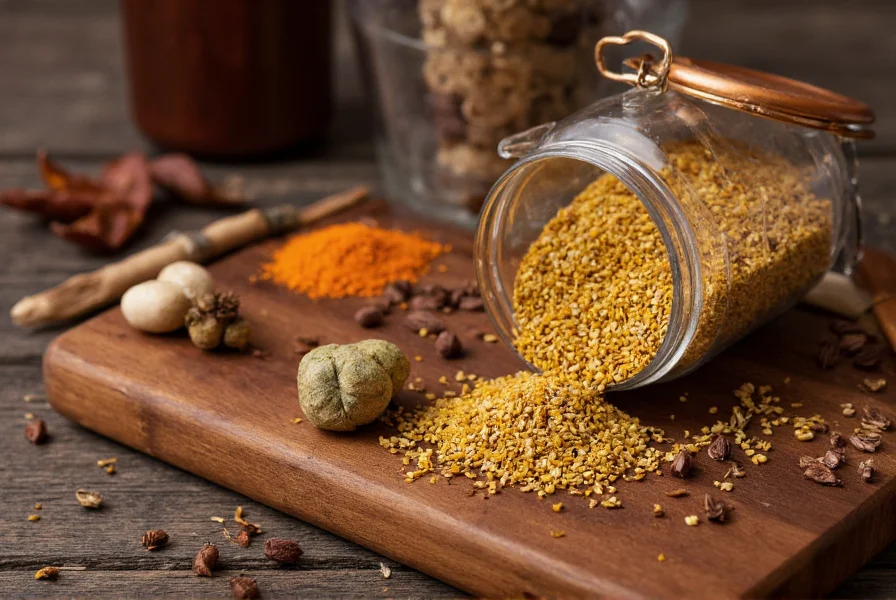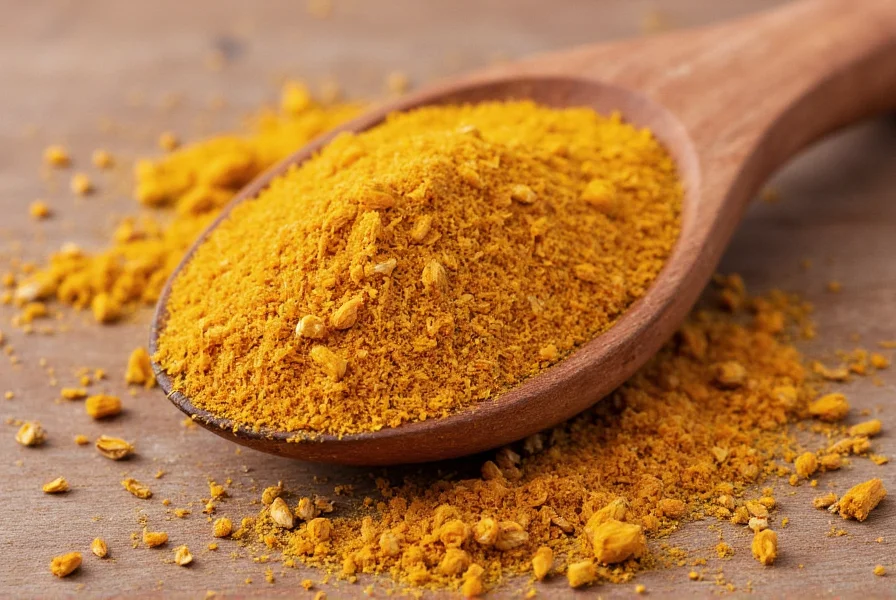For centuries, asafoetida (Ferula assa-foetida) has been a cornerstone of Indian cooking, particularly in vegetarian and Jain culinary traditions where onion and garlic are prohibited. This ancient spice, harvested from the resin of mature Ferula plants in Iran and Afghanistan, delivers a complex flavor profile that enhances countless dishes despite its initially off-putting aroma.
Understanding Asafoetida: From Resin to Kitchen Staple
The journey of asafoetida begins in the arid regions of Central Asia, where skilled harvesters make precise incisions in the Ferula plant's stem. The milky resin that oozes out hardens upon exposure to air, forming the raw asafoetida that eventually reaches markets worldwide. Traditional asafoetida appears as a dark brown or black lump, while the more common commercial variety blends the resin with rice flour or gum arabic to reduce potency and prevent spoilage.

Flavor Transformation: Why Raw Smell Differs from Cooked Taste
One of asafoetida's most fascinating characteristics is its dramatic flavor transformation during cooking. The raw resin emits a powerful sulfurous odor reminiscent of rotten eggs, yet when properly tempered in hot oil or ghee, it develops complex savory notes similar to leeks, garlic, and onion. This alchemical change occurs because heat breaks down the volatile compounds responsible for the unpleasant raw smell, revealing the spice's true culinary potential.
Chefs achieve optimal flavor by following the traditional tadka (tempering) method: heating oil or ghee, adding a pinch of asafoetida, and allowing it to sizzle for just 10-15 seconds before incorporating other ingredients. This technique ensures the spice's full flavor potential without overwhelming bitterness.
Culinary Applications Across Global Cuisines
While asafoetida is most prominently featured in Indian cuisine, its culinary applications span multiple cultures:
| Cuisine Tradition | Common Dishes | Typical Usage |
|---|---|---|
| North Indian | Dals, curries, vegetable dishes | Tempered in oil at beginning of cooking |
| South Indian | Sambar, rasam, idli/dosa batters | Added during tempering or mixed into batters |
| Persian | Stews and rice dishes | Used sparingly in complex spice blends |
| Ancient Roman | Historical recipes | Used as both culinary ingredient and medicine |
Understanding how to use hing in cooking properly is essential for maximizing its benefits. The general rule is less is more—typically just a pinch (about 1/8 teaspoon) suffices for four servings. Overuse creates bitterness that ruins dishes, while proper amounts enhance umami without dominating other flavors.
Health Benefits Supported by Scientific Research
Traditional Ayurvedic medicine has long valued asafoetida for digestive benefits, and modern research provides some validation. Studies indicate potential benefits including:
- Digestive enhancement: Compounds in asafoetida may stimulate digestive enzymes and reduce gas formation
- Anti-inflammatory properties: Certain constituents show promise in reducing inflammation markers
- Respiratory support: Traditional use as an expectorant has some scientific backing
- Antimicrobial effects: Laboratory studies suggest activity against certain bacteria and fungi
However, it's important to note that most research has been conducted in laboratory settings or on animals, and human clinical trials remain limited. The health benefits of asafoetida spice should be considered complementary to, not replacements for, medical treatment.
Finding Suitable Asafoetida Substitutes
When you need an asafoetida hing spice substitute, several options exist depending on your dietary needs and flavor goals:
- Garlic-onion powder blend (2:1 ratio) - Best for non-strict vegetarian diets
- Fenugreek seeds (lightly toasted and ground) - Provides similar savory depth
- Miso paste (diluted in water) - Offers umami complexity for liquid-based dishes
- Black mustard seeds with a pinch of asafoetida - For those who can use minimal asafoetida
None perfectly replicate asafoetida's unique profile, but these alternatives can help maintain dish integrity when the authentic spice isn't available. For those following strict Jain dietary practices that prohibit even onion and garlic substitutes, finding an effective hing substitute for Jain cooking remains particularly challenging.
Proper Storage and Selection Techniques
To maximize shelf life and flavor retention, store asafoetida properly:
- Keep in an airtight container away from light and moisture
- Consider double-wrapping lump asafoetida in plastic before container storage
- Store away from strong-smelling foods as it readily absorbs odors
- Check for freshness by sniffing—should have sharp but not rancid aroma
When selecting asafoetida, look for products with minimal fillers. Pure resin appears dark brown to black, while commercial blends with rice flour appear lighter yellow-brown. The highest quality asafoetida spice for authentic Indian cooking typically contains 20-30% pure resin with the remainder being food-grade fillers.

Common Questions About Asafoetida
Why is asafoetida used in vegetarian cooking as a substitute for onion and garlic?
Asafoetida provides similar savory, umami notes to onion and garlic without containing these ingredients. This makes it invaluable in Jain cuisine and certain Hindu traditions that prohibit onion and garlic consumption. When properly tempered, it develops complex flavors that mimic the depth these alliums provide, making it an essential hing spice substitute for onion and garlic in vegetarian dishes.
Can asafoetida help with digestive issues?
Traditional medicine systems like Ayurveda have used asafoetida for digestive support for centuries. Modern research suggests certain compounds may stimulate digestive enzymes and reduce gas formation. While not a medical treatment, many people find that the small amounts used in cooking provide mild digestive benefits, particularly when included in lentil and bean dishes which can cause bloating.
How much asafoetida should I use in recipes?
The ideal amount of asafoetida varies by dish and personal preference, but generally, 1/8 teaspoon of powdered asafoetida suffices for four servings. For lump asafoetida, a pea-sized piece (about 0.5g) works for the same quantity. Always start with less—you can add more, but you cannot remove excess. Remember that asafoetida hing spice measurements are critical; too much creates bitterness that ruins dishes.
Is asafoetida safe for everyone to consume?
Asafoetida is generally safe when used in culinary amounts. However, those with known allergies to Ferula plants (which include carrots, celery, and parsley) should exercise caution. Pregnant women should consult healthcare providers before consuming medicinal quantities, though culinary use is typically considered safe. Individuals on blood-thinning medications should discuss asafoetida consumption with their doctors due to potential interactions.
Why does asafoetida smell so strong when raw but delicious when cooked?
Raw asafoetida contains volatile sulfur compounds that produce its characteristic unpleasant odor. When exposed to heat during cooking, these compounds break down and transform, revealing the spice's true savory, umami-rich flavor profile. This chemical transformation explains why properly tempered asafoetida enhances dishes rather than overpowering them—a phenomenon essential to understanding how to use hing spice correctly in cooking.











 浙公网安备
33010002000092号
浙公网安备
33010002000092号 浙B2-20120091-4
浙B2-20120091-4